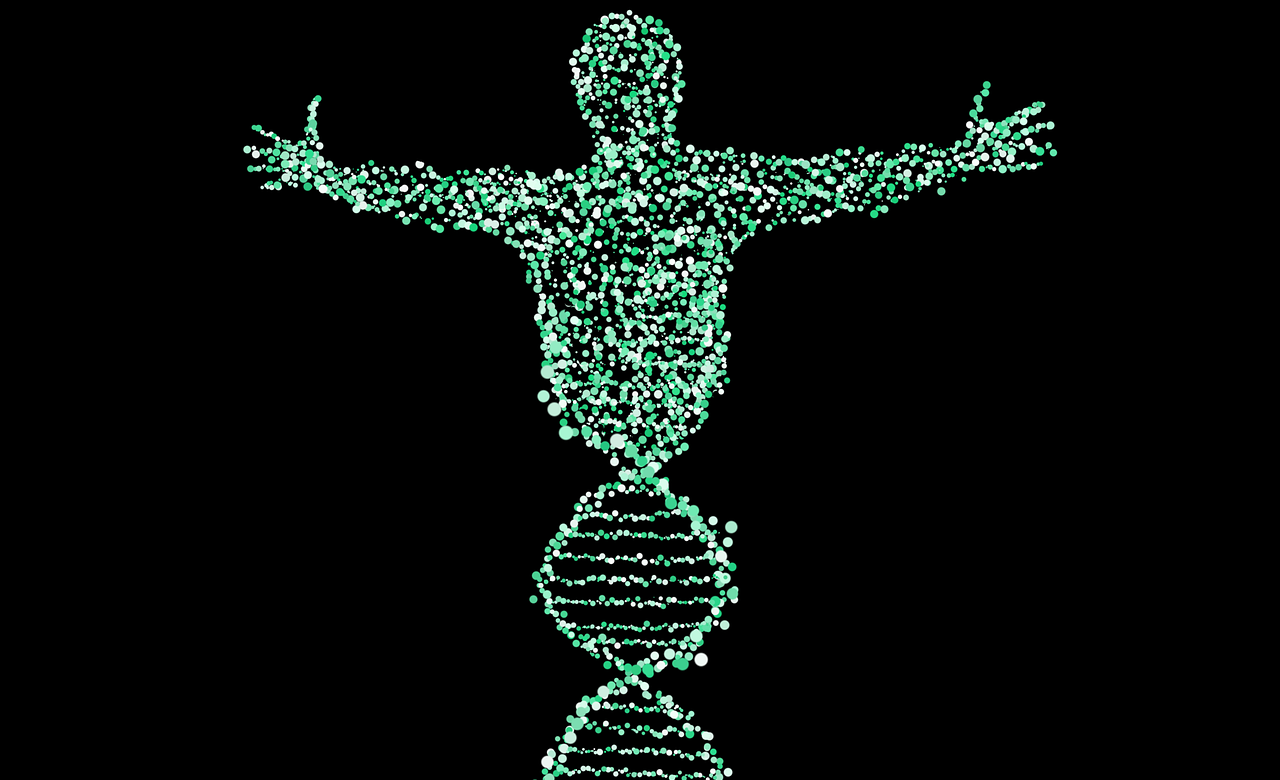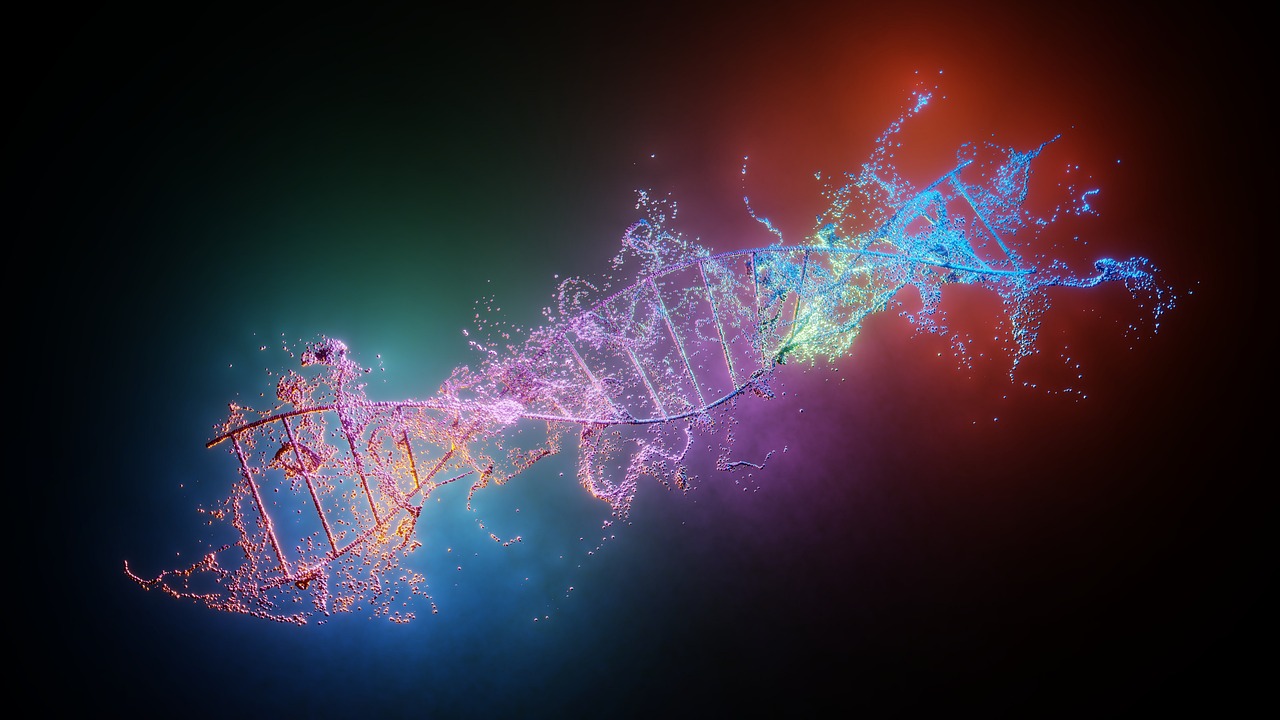The COVID-19 pandemic, caused by the novel coronavirus SARS-CoV-2, emerged in late 2019 and precipitated an unprecedented global health crisis. This article provides a rigorous examination of the virus’s zoonotic origins, biochemical structure, socio-economic consequences, and public health responses, with a particular focus on India’s experience. Drawing on peer-reviewed literature and authoritative reports, it elucidates the pandemic’s multifaceted impacts—health, economic, social, and geopolitical—while highlighting preventive strategies, vaccine development, and emergent opportunities. The analysis underscores the importance of international collaboration and resilience in addressing global health challenges.
Introduction
The severe acute respiratory syndrome coronavirus 2 (SARS-CoV-2), responsible for the disease COVID-19, was first identified in Wuhan, China, in December 2019. Declared a pandemic by the World Health Organization (WHO) on 11 March 2020, it triggered profound global disruptions, with over 700 million cases and approximately 6.9 million deaths by November 2023 (WHO, 2023). This article synthesises current knowledge on the virus’s origin, virological properties, and impacts, offering a detailed case study of India and reflecting on lessons for future pandemics.
Origin and Early Transmission
Zoonotic Hypothesis
The prevailing scientific consensus posits that SARS-CoV-2 originated via zoonotic transmission, likely from bats, which are reservoirs for coronaviruses, through an intermediate host such as a pangolin or another mammal (Andersen et al., 2020). Genomic analyses suggest a bat coronavirus (RaTG13) shares 96% sequence identity with SARS-CoV-2, supporting this hypothesis (Zhou et al., 2020).
- Initial Cases: A seminal study in The Lancet identified the earliest documented case on 1 December 2019 in Wuhan, a patient with no direct link to the Huanan Seafood Wholesale Market, indicating possible pre-market transmission (Huang et al., 2020).
- Market Role: The Huanan market, where live animals were traded, was associated with many early cases, suggesting it as a site of zoonotic spillover or amplification. However, phylogenetic evidence indicates the virus may have circulated in humans as early as November 2019 (Pekar et al., 2021).
- Alternative Hypotheses: Investigations into a laboratory origin, while pursued, have yielded no conclusive evidence, with the WHO’s 2021 report affirming a natural origin as the most likely scenario (WHO, 2021).
Discovery Timeline
The identification of SARS-CoV-2 was a milestone in global scientific collaboration:
- December 2019: Clinicians in Wuhan reported cases of atypical pneumonia, many linked to the Huanan market.
- 31 December 2019: Chinese authorities alerted the WHO to a cluster of respiratory illnesses of unknown aetiology.
- 7 January 2020: The Chinese Center for Disease Control and Prevention (China CDC) isolated and sequenced a novel coronavirus, initially termed 2019-nCoV.
- 9 January 2020: The WHO confirmed the novel coronavirus as the outbreak’s cause.
- 11 January 2020: The first fatality, a 61-year-old man, was reported in Wuhan.
- 13 January 2020: The first international case was confirmed in Thailand, marking global spread.
- 30 January 2020: The WHO declared a Public Health Emergency of International Concern.
- 11 February 2020: The virus was named SARS-CoV-2 by the International Committee on Taxonomy of Viruses, reflecting its genetic relation to SARS-CoV-1. The WHO designated the disease COVID-19.
- 11 March 2020: With over 118,000 cases across 114 countries, the WHO declared a pandemic.
Virological and Biochemical Characteristics
SARS-CoV-2 is a betacoronavirus within the Coronaviridae family, characterised by its enveloped, single-stranded, positive-sense RNA genome. Its structure is critical to its infectivity and immune evasion:
- Virion Structure: Spherical or pleomorphic particles, 60–140 nm in diameter, with a lipid bilayer envelope derived from host cell membranes (Wrapp et al., 2020).
- Genome: Approximately 30 kb, encoding 29 proteins, including structural and non-structural components.
- Key Proteins:
- Spike (S) Protein: Mediates entry by binding to the angiotensin-converting enzyme 2 (ACE2) receptor on host cells. Its receptor-binding domain (RBD) is a primary target for neutralising antibodies.
- Nucleocapsid (N) Protein: Packages the RNA genome, forming the viral core.
- Membrane (M) Protein: Facilitates virion assembly and envelope formation.
- Envelope (E) Protein: Supports virion release and pathogenesis.
- Antigenic Properties: Mutations in the S protein, as seen in variants of concern (e.g., Delta, Omicron), enhance transmissibility or immune escape, necessitating updated vaccines.
- Correction: Unlike some coronaviruses (e.g., HCoV-OC43), SARS-CoV-2 lacks a haemagglutinin protein, contrary to earlier claims.
Reference: Wrapp, D., et al. (2020). Cryo-EM structure of the 2019-nCoV spike in the prefusion conformation. Science, 367(6483), 1260–1263.
Clinical Manifestations
COVID-19 presents a spectrum of symptoms, ranging from asymptomatic to severe (CDC, 2023):
- Common: Fever, cough, fatigue, shortness of breath, loss of taste or smell, sore throat, headache, myalgia, nasal congestion, nausea, or diarrhoea.
- Severe: Acute respiratory distress syndrome (ARDS), pneumonia, or multi-organ failure, often requiring intensive care.
- Clarification: ARDS is a complication, not a symptom, correcting earlier misstatements.
Asymptomatic cases, estimated at 20–40% of infections, contribute significantly to transmission (Johansson et al., 2021).
Global Impacts
The pandemic’s scale—over 700 million cases and 6.9 million deaths by November 2023—underscored its global reach (WHO, 2023). Its impacts spanned multiple domains:
1 Health
- Morbidity and Mortality: High-income countries initially faced severe outbreaks, while low-resource settings struggled with limited healthcare capacity. Underreporting likely inflates true mortality.
- Healthcare Strain: Overwhelmed systems faced shortages of ventilators, oxygen, and PPE, with healthcare worker infections exacerbating challenges.
- Long COVID: Post-acute sequelae affect 10–20% of survivors, manifesting as fatigue, cognitive impairment, and respiratory issues (Davis et al., 2023).
2 Economic
- Recession: The IMF reported a 3.5% global GDP contraction in 2020, with tourism, hospitality, and retail hardest hit (IMF, 2020).
- Unemployment: The International Labour Organization estimated 255 million full-time job losses in 2020, disproportionately affecting informal workers (ILO, 2020).
- Policy Responses: Fiscal stimuli, such as the U.S. CARES Act and EU NextGenerationEU, mitigated economic collapse but increased sovereign debt.
3 Social
- Disruptions: Lockdowns and school closures affected 1.6 billion students, widening educational disparities (UNESCO, 2020).
- Mental Health: Isolation and economic stress drove rises in anxiety, depression, and domestic violence (Pfefferbaum & North, 2020).
- Orphanhood: Over 5 million children lost a caregiver, necessitating social welfare interventions (Hillis et al., 2021).
4 Geopolitical
- Cooperation: Initiatives like COVAX aimed for equitable vaccine access, though disparities persisted.
- Tensions: Vaccine nationalism and misinformation strained international relations.
Impacts in India
India’s experience reflects its demographic and socio-economic complexity:
1 Healthcare
- Case Surge: The Delta variant wave (April–May 2021) saw daily cases exceed 400,000, overwhelming hospitals.
- Resource Constraints: Shortages of oxygen, ventilators, and drugs like remdesivir prompted emergency measures, including international aid.
- Vaccination: By April 2025, India administered over 2.2 billion doses, achieving high coverage despite initial logistical hurdles.
2 Economic
- Contraction: GDP shrank by 6.6% in 2020–21, with informal sectors (e.g., street vendors) facing severe losses (RBI, 2021).
- Unemployment: Urban unemployment peaked at 23% in April 2020, with recovery gradual (CMIE, 2020).
- Stimulus: The Atmanirbhar Bharat package provided loan guarantees, cash transfers, and food aid.
3 Social
- Migrant Crisis: The 2020 lockdown displaced millions of migrant workers, prompting government relief efforts.
- Education: School closures affected 320 million students, with only 24% of households accessing online learning (ASER, 2020).
- Inequalities: Women and marginalised communities faced disproportionate impacts, including increased gender-based violence.
4 Digital Transformation
- Growth in digital payments, telehealth, and EdTech platforms like BYJU’S was tempered by a persistent digital divide.
Public Health Interventions
Effective prevention combines individual and systemic measures (WHO, 2023):
- Vaccination: Vaccines reduce severe outcomes and transmission. Boosters targeting variants are recommended.
- Hygiene:
- Wash hands with soap for 20 seconds or use ≥60% alcohol-based sanitizer.
- Cover coughs/sneezes with tissues or elbows.
- Avoid touching face.
- Masks: High-filtration masks (e.g., N95) are advised in high-risk settings.
- Distancing: Maintain 1–2 meters distance in crowded or indoor environments.
- Ventilation: Enhance indoor air quality with ventilation or filtration systems.
- Testing and Isolation: PCR or rapid antigen testing facilitates early detection. Isolation (5–10 days) and quarantine (5 days for exposures) curb spread.
Vaccine Development and India’s Role
India’s vaccine efforts were pivotal globally:
- Covishield: Produced by the Serum Institute of India (SII), this Oxford-AstraZeneca vaccine was the cornerstone of India’s campaign, receiving EUA in January 2021.
- Covaxin: Developed by Bharat Biotech and ICMR, this inactivated vaccine gained EUA concurrently and was exported widely.
- Other Vaccines: Sputnik V, Moderna, Pfizer-BioNTech, and Janssen were approved for limited use.
- Global Supply: India supplied vaccines to over 90 countries via COVAX and bilateral agreements, reinforcing its role as a pharmaceutical hub.
- Challenges: Vaccine hesitancy and rural distribution gaps were addressed through awareness campaigns and mobile vaccination units.
Opportunities Amid Crisis
The pandemic catalyzed innovation:
- Biomedical Advances: Rapid vaccine development and research in virology and immunology set precedents for future pandemics.
- Digitalisation: Telehealth, e-commerce, and remote work technologies expanded, though equitable access remains a challenge.
- Supply Chain Resilience: Localised manufacturing and logistics innovations reduced global dependencies.
- Public Health: Investments in healthcare infrastructure, such as oxygen plants, enhanced preparedness.
The COVID-19 pandemic, driven by SARS-CoV-2, was a transformative global event, exposing systemic vulnerabilities while spurring scientific and societal advances. Its zoonotic origin, rapid spread, and profound impacts—health, economic, and social—underscore the need for robust public health systems and international cooperation. India’s dual role as a heavily impacted nation and a vaccine powerhouse highlights the interplay of challenges and opportunities. As the world transitions to endemic management, lessons from COVID-19 must inform strategies to mitigate future pandemics, prioritising equity, resilience, and evidence-based policy.
References
- Andersen, K. G., et al. (2020). The proximal origin of SARS-CoV-2. Nature Medicine, 26(4), 450–452.
- ASER. (2020). Annual Status of Education Report. New Delhi: ASER Centre.
- CDC. (2023). Symptoms of COVID-19. Atlanta: Centers for Disease Control and Prevention.
- CMIE. (2020). Unemployment in India: A statistical profile. Mumbai: Centre for Monitoring Indian Economy.
- Davis, H. E., et al. (2023). Long COVID: Major findings, mechanisms and recommendations. Nature Reviews Microbiology, 21(3), 133–146.
- Hillis, S. D., et al. (2021). Global minimum estimates of children affected by COVID-19-associated orphanhood. The Lancet, 398(10301), 391–402.
- Huang, C., et al. (2020). Clinical features of patients infected with 2019 novel coronavirus in Wuhan, China. The Lancet, 395(10223), 497–506.
- ILO. (2020). ILO Monitor: COVID-19 and the world of work. Geneva: International Labour Organization.
- IMF. (2020). World Economic Outlook, October 2020. Washington, DC: International Monetary Fund.
- Pekar, J., et al. (2021). Timing the SARS-CoV-2 index case in Hubei province. Science, 372(6540), 412–417.
- Pfefferbaum, B., & North, C. S. (2020). Mental health and the COVID-19 pandemic. New England Journal of Medicine, 383(6), 510–512.
- RBI. (2021). Annual Report 2020–21. Mumbai: Reserve Bank of India.
- UNESCO. (2020). Education: From disruption to recovery. Paris: UNESCO.
- WHO. (2021). WHO-convened global study of origins of SARS-CoV-2: China part. Geneva: World Health Organization.
- WHO. (2023). COVID-19 dashboard. Geneva: World Health Organization.
- Zhou, P., et al. (2020). A pneumonia outbreak associated with a new coronavirus of probable bat origin. Nature, 579(7798), 270–273.















